Indoor plants are a great addition to any home, providing numerous benefits such as improving air quality. If you’re looking for a unique way to incorporate plants into your home, consider placing them in your shower or bathroom. The high humidity levels in bathrooms make them a perfect environment for certain types of plants. Placing plants in your shower can create a spa-like atmosphere and add a touch of natural beauty to your bathroom.
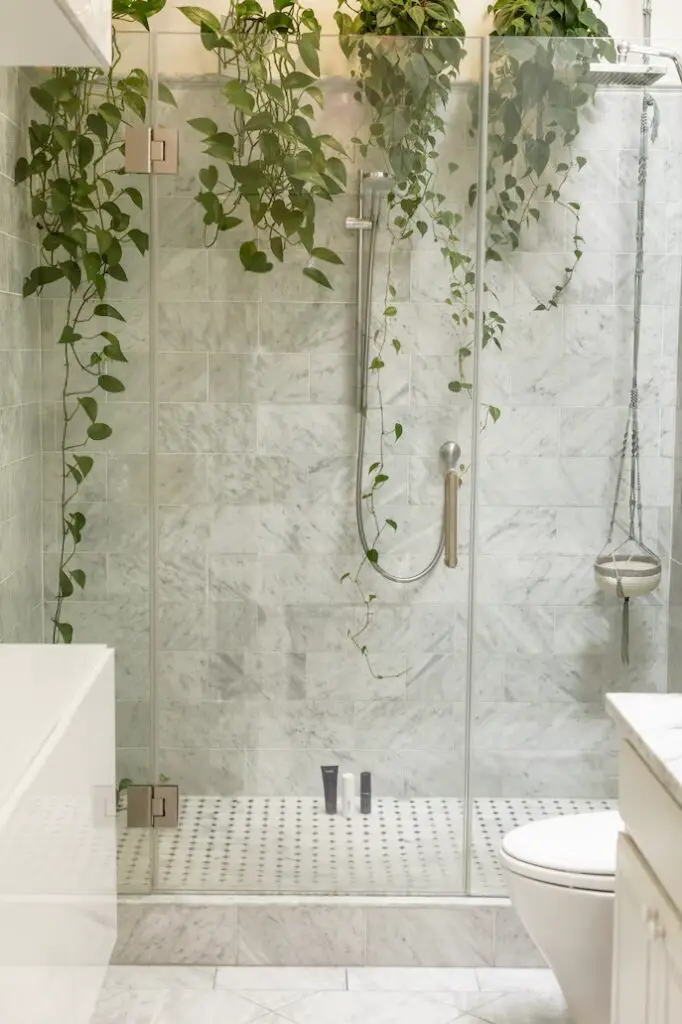
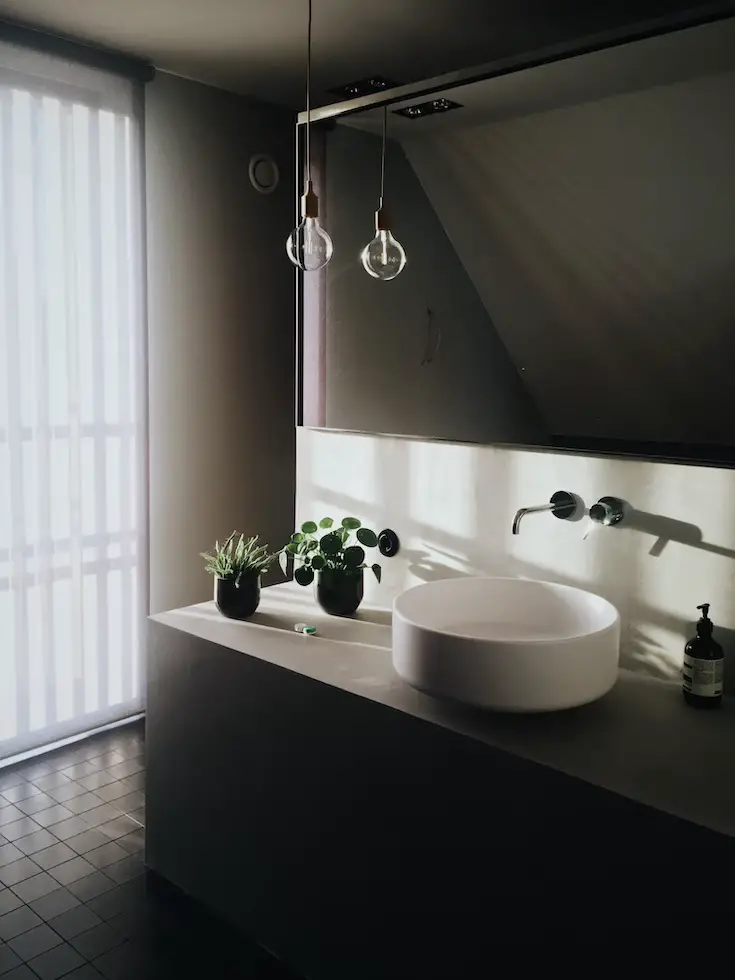
Here are some indoor plants that are perfect for your shower or bathroom:
Table of Contents
Ferns and Spider plants
Ferns are a popular choice for bathrooms due to their ability to thrive in high humidity. They also require very little light, making them perfect for bathrooms with small or no windows. Some popular fern varieties include Boston Ferns, Maidenhair Ferns, and Staghorn Ferns.
Spider plants are easy to care for and can thrive in a range of lighting conditions. They also remove harmful toxins from the air, making them great for improving indoor air quality. Spider plants are a popular choice for bathrooms due to their ability to grow in high humidity environments.
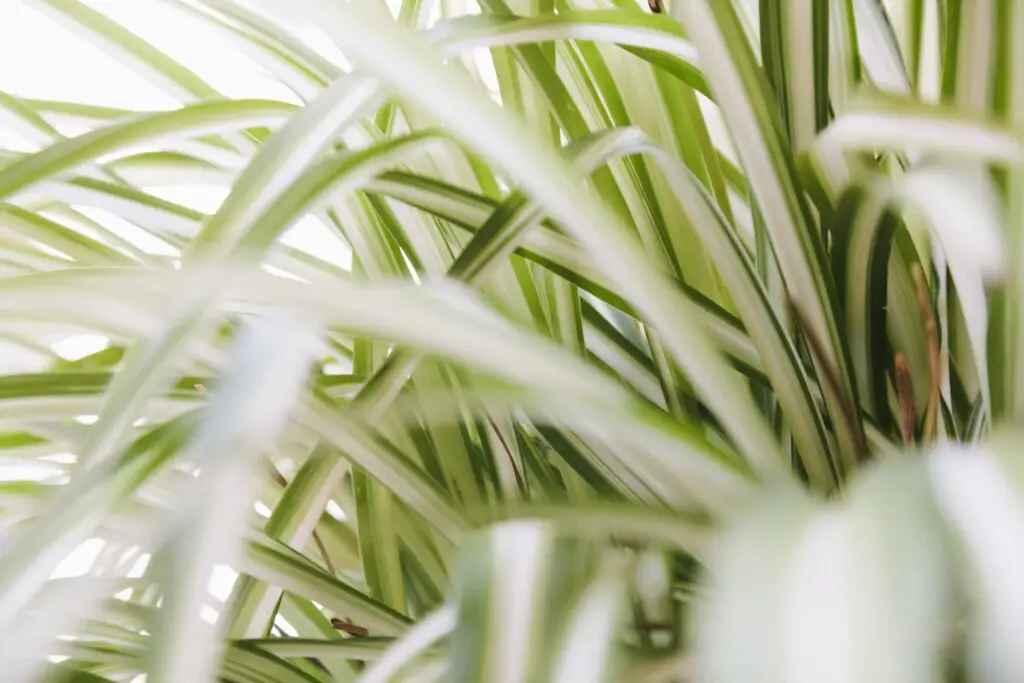

Orchids and Aloe vera
Orchids are a great choice for adding a touch of elegance to your bathroom. They require little maintenance and can thrive in low light conditions. They also prefer high humidity environments, making them perfect for bathrooms. Some popular orchid varieties include Phalaenopsis and Dendrobium.
Aloe vera plants are great for bathrooms due to their ability to soothe and heal skin irritations. They also prefer high humidity environments and can grow well in low light conditions. Aloe vera plants are easy to care for and require very little maintenance.
Bamboo and Peace lily
Bamboo plants are known for their ability to absorb moisture from the air and adapt well with spaces with high humidity, such as bathrooms. They also require very little light, making them a great choice for bathrooms with little natural light. Some popular varieties of bamboo include Lucky Bamboo and Golden Bamboo.
Peace lilies are known for their ability to remove harmful toxins from the air, making them great for improving indoor air quality for bathrooms. They also thrive in high humidity environments and can grow well in low light conditions. Peace lilies are a popular choice for bathrooms due to their elegant appearance and ability to thrive in moist environments.
When choosing plants for your shower or bathroom, it’s important to consider the lighting and humidity levels in your space. Choose plants that are safe for pets and children, as some indoor plants can be toxic if ingested. Always do your research before bringing a new plant into your home.
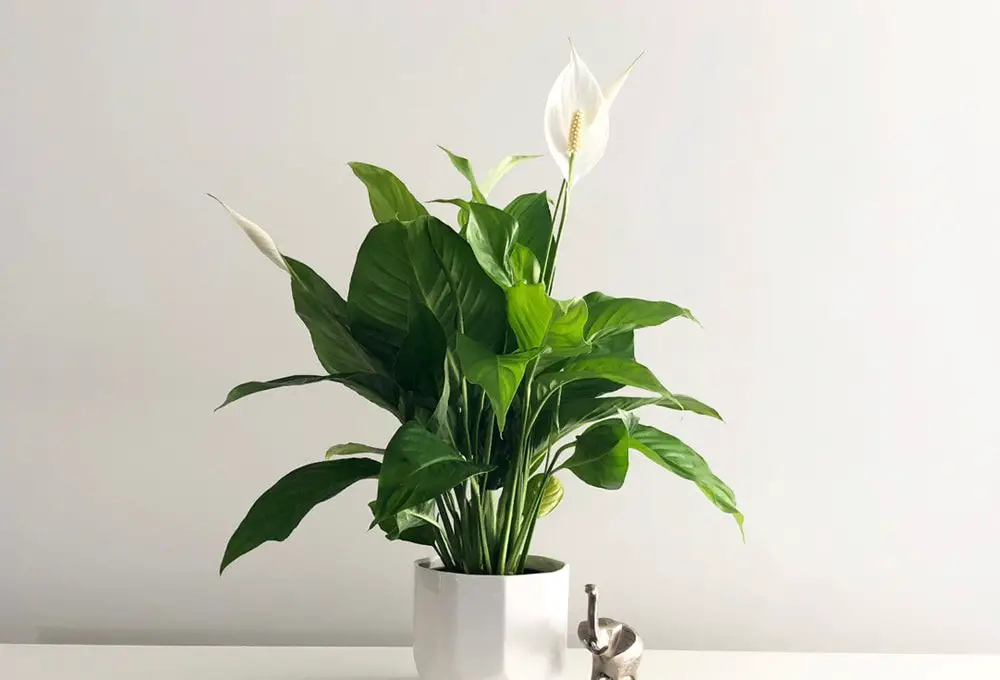
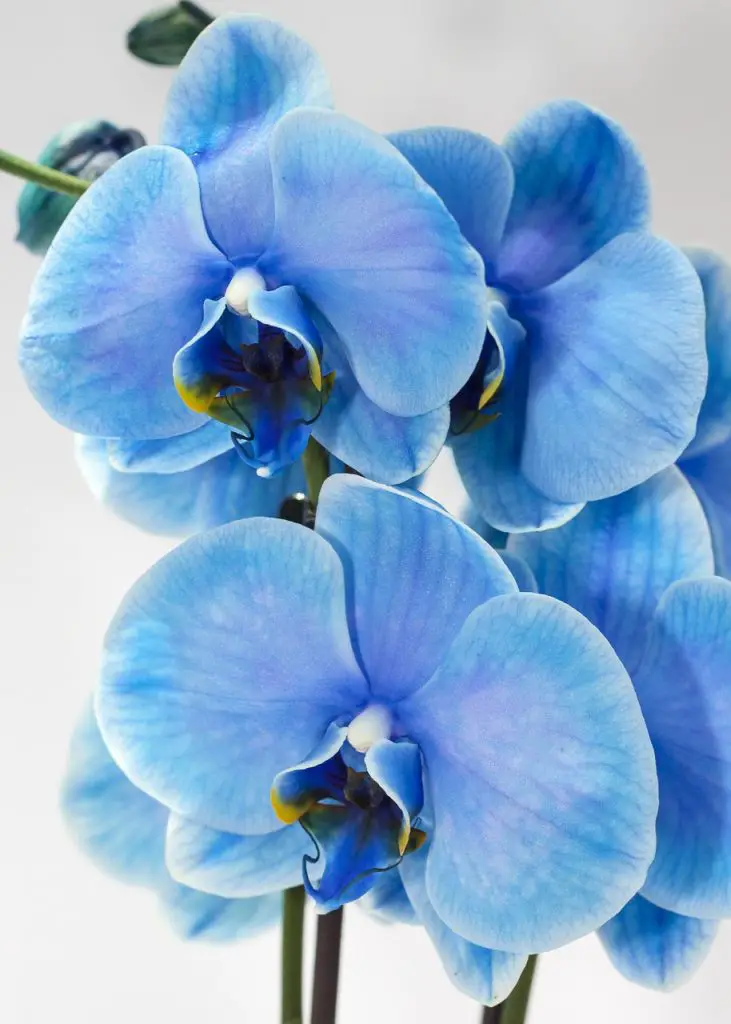
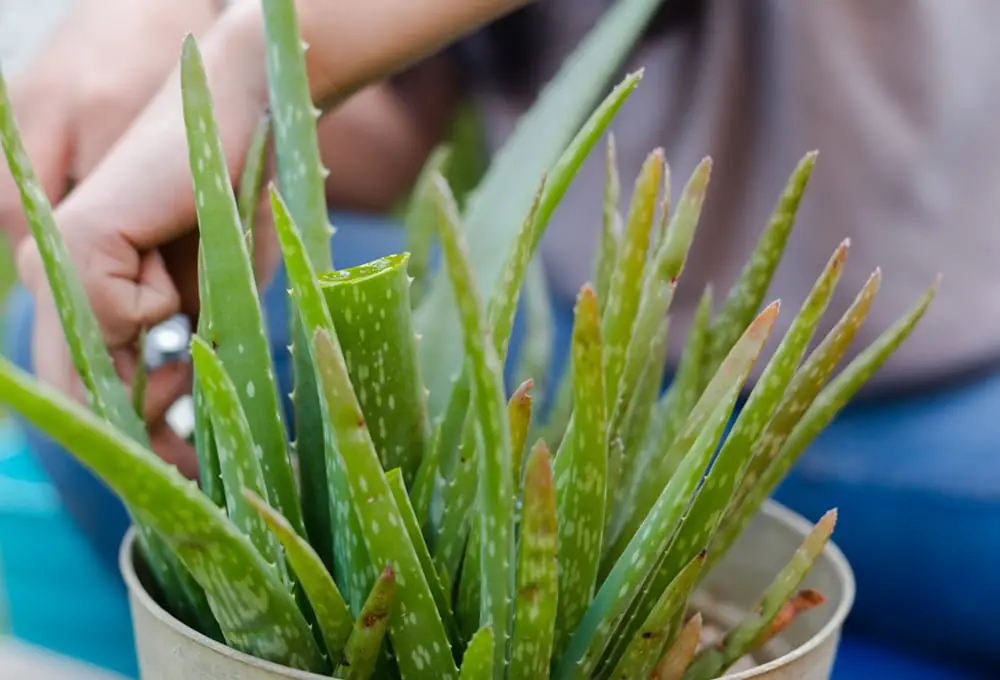
How do I maintain indoor plants that are grown in a shower or bathroom?
Maintaining plants in a shower or bathroom requires some specific care, but it can be easy to do once you understand your plants’ growing requirments. Here are some tips for maintaining plants in your bathroom:
Watering and lighting
Most plants in a bathroom or shower need more frequent watering due to the high humidity in the environment. However, it’s important not to overwater them, as this can cause root rot. You should water your plants whenever the top inch of soil is dry to the touch. Use a watering can or spray bottle to water your plants gently.
Most plants in a bathroom or shower don’t require direct sunlight, as they are adapted to low-light environments. However, they still need some light to survive. Place your plants near a window that gets some indirect light, or consider using artificial grow lights to provide additional light.
Temperature and humidity
Most plants in a bathroom or shower prefer warmer temperatures, but they can also tolerate cooler temperatures. Avoid placing your plants in areas that are too hot or too cold, such as near a heating vent or in a drafty area.
Most plants in a bathroom or shower thrive in high humidity environments, but you should still monitor the humidity levels. Use a hygrometer to measure the humidity levels in your bathroom or shower, and adjust as needed. You can also mist your plants with a spray bottle to increase the humidity levels.
Fertilising and pruning
Most plants in a bathroom or shower don’t require frequent fertilising, but you should still fertilise them occasionally. Use a liquid fertiliser once a month during the growing season, and reduce fertilising during the dormant season. Regular pruning is important to keep your plants healthy and to encourage new growth. Remove any dead or damaged leaves or stems, and trim back any overgrown branches.
Pests
Keep an eye out for pests such as spider mites or mealybugs, which can infest your plants. If you notice any pests, treat your plants with an organic insecticide or by wiping the leaves with a damp cloth.
Conclusion
In conclusion, adding indoor plants to your shower or bathroom can be a great way to enhance the beauty and functionality of your space. Whether you prefer ferns, spider plants, orchids, aloe vera, bamboo, or peace lilies, there is a plant that can thrive in your bathroom’s unique environment. By understanding the needs of your plants, you can provide the proper care to ensure they thrive in your bathroom or shower. Regular watering, appropriate lighting, proper temperature, adequate humidity, occasional fertilizing, regular pruning, and pest control are all essential components of maintaining healthy bathroom plants. With a little bit of care and attention, your bathroom plants can provide many benefits, such as improving air quality and reducing stress levels, while adding a touch of natural beauty to your home.
